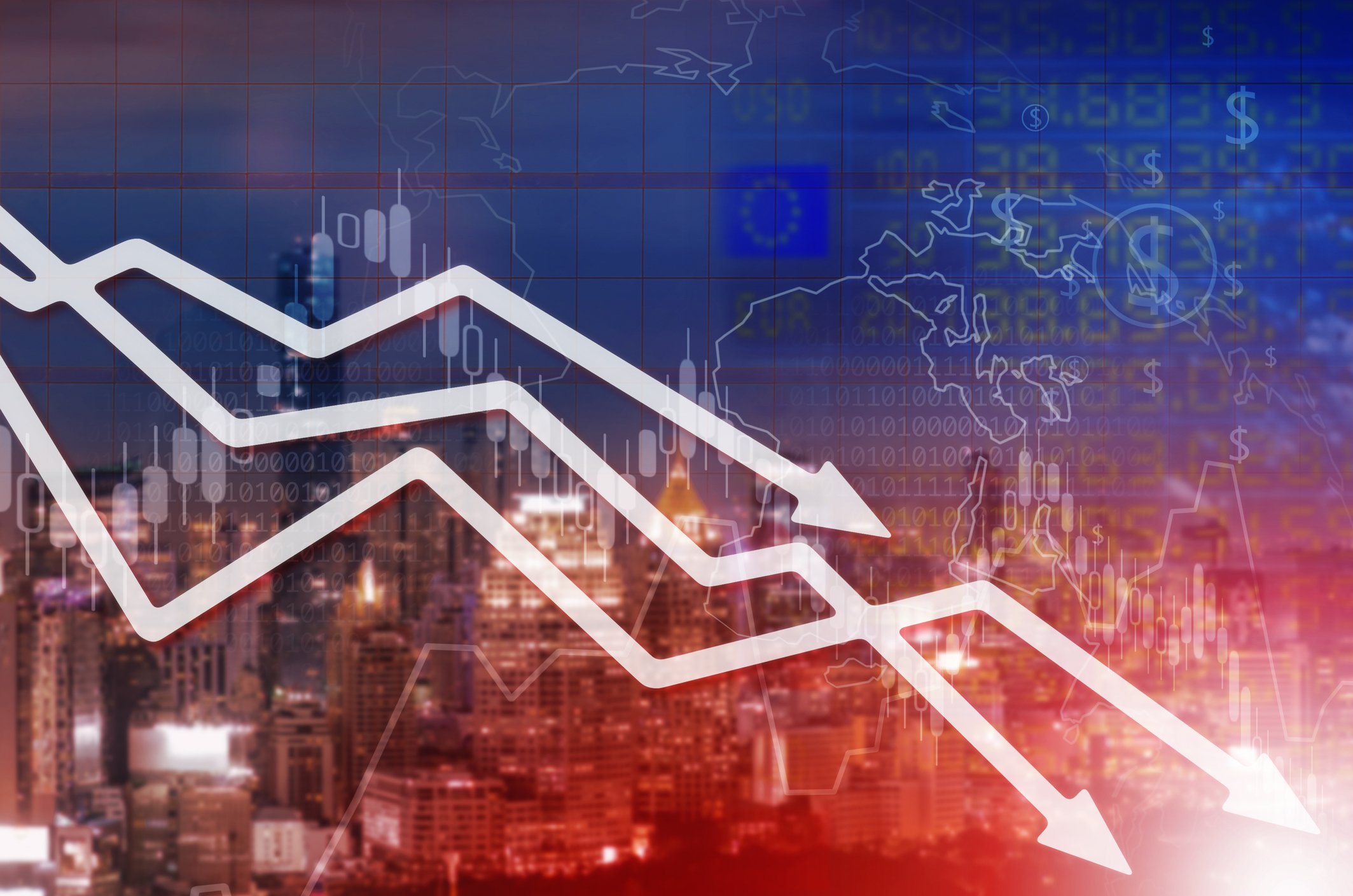It's been a big year so far for fuel cell stocks. Shares of Ballard Power Systems (BLDP +3.33%) have more than doubled in 2019! That might make investors wonder: Has Ballard finally turned the corner after a decade of underperformance?
Let's dig a little deeper into Ballard's recent performance and outlook for the future to see if this major player in the fuel cell industry is a buy.

Hydrogen fuel cells are just one of a growing number of green fuel alternatives. Image source: Getty Images.
Financially ugly
Ballard's quarterly revenue has been lumpy, to say the least. It peaked in Q4 2017 at just above $40 million, but has hovered around the $20 million mark since. In Q1 2019 it was just $16 million, while in Q2 it was $23.7 million.
However, regardless of its revenue, Ballard has been almost uniformly unprofitable. The company has only posted a quarterly profit once since 2009, in Q1 2015. Similarly, it has only posted a handful of free-cash-flow-positive quarters, most recently in Q4 2016. If these negative numbers were consistently getting closer to positivity, it would be one thing, but although its revenue is generally trending upwards, that's not true of its net losses, which have bounced around quite a bit.
At least Ballard has managed to accrue no long-term debt, but the trade-off has been a lot of share dilution. Outstanding shares have increased 75.9% over the last five years. This paints a rather unattractive financial picture.
Bubbling below the surface
CEO Randall MacEwen doesn't want investors to focus on pesky little things like profitability. He'd rather talk about Ballard's potential. On the Q2 earnings call, he insisted that the company was in fact doing well despite the continued losses, saying, "The abundance of commercial activities, developments, and progress bubbling below the surface has yet to be reflected in our financial results."
So does that mean that all this bubbling will show up in the financials soon? MacEwen isn't promising anything. He does have "expectations for strong growth in 2020 and beyond to underpin Ballard's continued leadership in powering fuel cell electric vehicles." But growth isn't worth much if it doesn't translate to profitability. MacEwen hasn't offered any sort of time frame here.
In order for Ballard to be considered a buy while still generating net losses, there has to be a clear path to profitability.
Hoping for a breakthrough
MacEwen seems to acknowledge that unless and until fuel cells can make big inroads into the heavy-duty motive market -- buses, trains, trucks, and the like -- Ballard isn't going to be able to take off. But he thinks such a moment is close at hand. "There are signals, very clear signals that the hydrogen and fuel cell industry is in a defining stage in its evolution and inflection," he said on the Q2 earnings call.
There are some signs that this may be true. For one thing, Ballard's heavy-duty motive orders are getting larger. In 2014, the company was receiving orders for fuel cell modules for one or two buses at a time. These were deployed in Hamburg, Germany; Palm Springs, California; and the University of California, Irvine. By 2016, orders included modules for 10 trolleys for Riga, Latvia, and 10 buses for Guangxi Province, China. Recent deals from 2019 include an order for 12 buses in Bolzano, Italy, and 15 buses in Aberdeen, Scotland.
For another thing, other large transportation companies are making big investments in hydrogen technology. In April, motor company Bosch established a new "Fuel Cell Mobility Solutions" unit, while engine maker Cummins purchased fuel cell company Hydrogenics in June. That's in addition, of course, to Ballard's own joint venture with Chinese company Weichai Power.
Of course, all this interest means potential competition for Ballard, not to mention the competition that already exists in the form of battery-electric vehicles and traditional fuels.
Putting it all together
In Ballard, we have a company that's been trying to break out of its (unprofitable) niche for years, and which may finally be showing some signs of making inroads into the lucrative heavy-duty motive market, particularly in China.
However, Ballard remains unprofitable despite its increases in sales. Thanks to the big run-up in its share price, its price-to-sales ratio (the only usable valuation metric given its unprofitability) has risen to 12.2, fully three points higher than it's ever been in the company's history. And don't forget that thanks to share dilution, today's investors are essentially purchasing less of the company than they would have been a year ago.
Meanwhile, there's a lot that could go wrong and set Ballard back in its quest for profitability. China's policies toward fuel cells could change. Ballard's partnership with Weichai could experience problems, like its other recent partnership with China's Guangdong Synergy. A big breakthrough in battery technology could put the nail in fuel cells' coffin forever.
For all the potential it seems to have, Ballard is still just too risky to be a buy for most investors.







